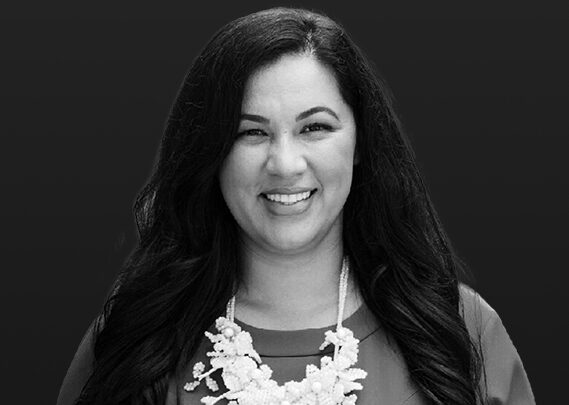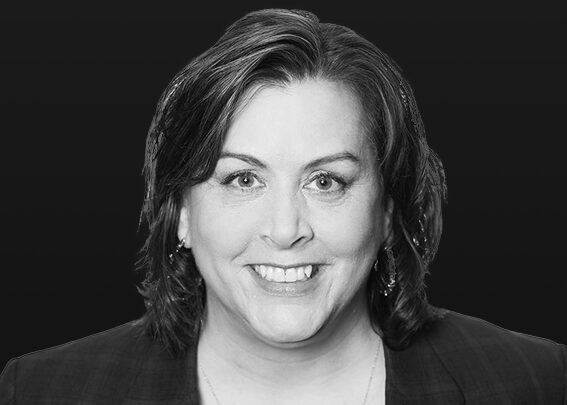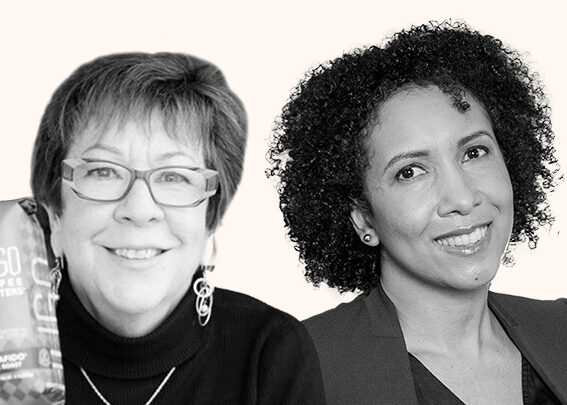Autumn Adeigbo on Raising Venture Capital | Tory Burch Foundation
Autumn Adeigbo on Raising Venture Capital
Fashion designer Autumn Adiegbo on how she became one of 37 Black women to win big with investors.
36,771 Views
6 Likes
6 min read
Link copied to clipboard
Black women have received just 0.0006 percent of the more than $420 billion tech venture funding raised since 2009. Bucking this trend, our 2019 Tory Burch Fellow Autumn Adeigbo just made history by becoming one of only 37 Black women entrepreneurs who’ve raised $1 million for their small businesses. We hosted an ask me anything on our Instagram, where the fashion designer answered your most nerve-wracking funding questions. Her most consistent piece of advice? Be patient–you’ll get a lot of “no’s” when you’re starting out.
Q: Venture capital funding seems overwhelming. Where did you start?
A: With a passion and then business plan. I used Rhonda Abrams’ book “The Successful Business Plan.”
Q: How did you get the idea for the fashion concept of your business?
A: My business idea was organic to me. I’m Nigerian and my mom sewed my clothes as a child. My favorite part of the day was and is getting dressed. I wanted to share that joy of clothes and culture with other women and decided I would turn it into a business no matter what. So I can’t stress enough the importance of your business being reflective of who you are as a person and what you love to do. That will keep you going when the going gets tough (which is like every day as an entrepreneur!). Tory embodies this love of sharing her style and vision with the world so well!
Q: What was the toughest part of the fundraising process?
A: The hardest part was how long it took (it was 12 years ago that I pitched an investor for the first time with my idea). I must have written 300 versions of my business plan and a similar number of pitch decks, hoping, “This version will be the one to get funded!
Q: What do you wish you knew when starting the fundraising process?
A: How long it would take. It took me about 10 years (typical overnight success).
Q: How do you find the right people to pitch to when fundraising?
A: Network, network, network. It took me over 10 years to build my network as a Black woman born into an immigrant family without social connections. Networking is an art, not a science, but I worked in restaurant and retail spaces that had customers who could be investors or introduce me to investors. Over time, those relationships grew into introductions which grew into capital.
Q: How did you find founders?
A: Look at companies in your industry (for example, consumer products, SAAS, tech, food, health care) and see who invested in them, using resources like Crunchbase.
Q: What did your pitch deck look like?
A: Really pretty! But most investors don’t care about that as long as it’s concise and has all the info you need to convey. Look up Airbnb’s pitch deck–it’s super straight to the point.
Be patient–you’ll get a lot of “no’s” when you’re starting out.
Q: What were the most important elements of your investment pitch?
A: The problem you are solving in the market, your story and why you’re the entrepreneur to lead this company. You’ll also need to have the market page showing your research and size of the opportunity. Introduce your team and explain why your combined experience will gain market share. Outline your overall sales and marketing strategy, traction to date, and your financial projections.
Q: Do you have plans for every single dollar? Are there parameters as to what you can do with the funds?
A: Yes, my business plan accounted for every dollar. Operations laugh in the face of your business plan. But it’s good to have an overall financial plan in place so you can analyze and pivot when things don’t go as expected.
Q: Looking back, what were some of the best business decisions you made? Some of the worst?
A: The best decision I made was believing in slow money, self-respect and saying no to things that didn’t align with my morals, no matter what the potential payoff. Those values allow me to look at myself in the mirror. My worst decisions were not valuing myself enough and allowing relationships that reflected that lack of self-worth take up my time. With that being said, those mistakes turned me into the person I am today, so it’s all gravy, baby!
Q: What is your value proposition? How do you communicate it to investors when you have a creative value?
A: Our value proposition is culture, color, and conscience. You shouldn’t have to think too hard about your value prop if your business is truly unique to you as the founder. Once you know why people will want what you are selling, get it in front of as many people as possible who may be able to help fund your vision or make an introduction. Most investors will not get what you’re doing and will tell you no. But that’s great news, actually. You want to find the investor who you have a special, magical relationship with and it will take time to find them but will be so worth it! When it works it is so worth the wait!
Q: Have you had to restructure your business model due to the pandemic?
A: Yes, we had to eliminate trunk shows and pop-up shops from our revenue streams. I can’t wait for our communities to come together again in person but until then, we are focusing more on digital engagement! I like to believe things are always changing for the better, even if they seem like they are getting worse for a while. Try to stay positive–like Tory always says, “Negativity is noise”. You are responsible for creating your own reality; don’t let other people dictate your path, your present or your future.
Q: What percentage of your company did you offer? Is this your first investment?
A: While I don’t share information like equity disbursements of my company, If you want to have an idea as to how a lot of venture capital deals are closed, research and understand safe notes and convertible notes. These are the documents many venture capitalists use when closing deals with entrepreneurs that outline things like equity. Yes, this is my first investment.
Q: What challenges did you face when you first started your own business and how did you overcome them?
A: I saw the early days of my business’s momentum similar to a train. It was very slow to pick up speed and gain momentum at the start. No one really believes you when you say you are going to start a successful business in the early days, so you have to believe in yourself. As you get going, the train slowly picks up speed and gets faster and faster and you gain more support. But those early days when the train is super slow and hard to get going with no support are the hardest! And by “support” I mean, little to no customers, little to no funding, little to no press and not many people believing in you. All you have is your faith, your dream and your ambition in those early days (with a side of blood, sweat and tears).
Q: How are you approaching the scaling of your business, without losing its unique DNA?
A: As long as I’m involved in the business, we won’t lose the brand DNA.
📲 Follow us on Instagram for conversations with our Fellows and so much more!
Help an entrepreneur by upvoting
Timely Topics
INTERACTIVE GUIDE
FUNDING FINDER
Learn what capital options are right for financing your business
Get Started


